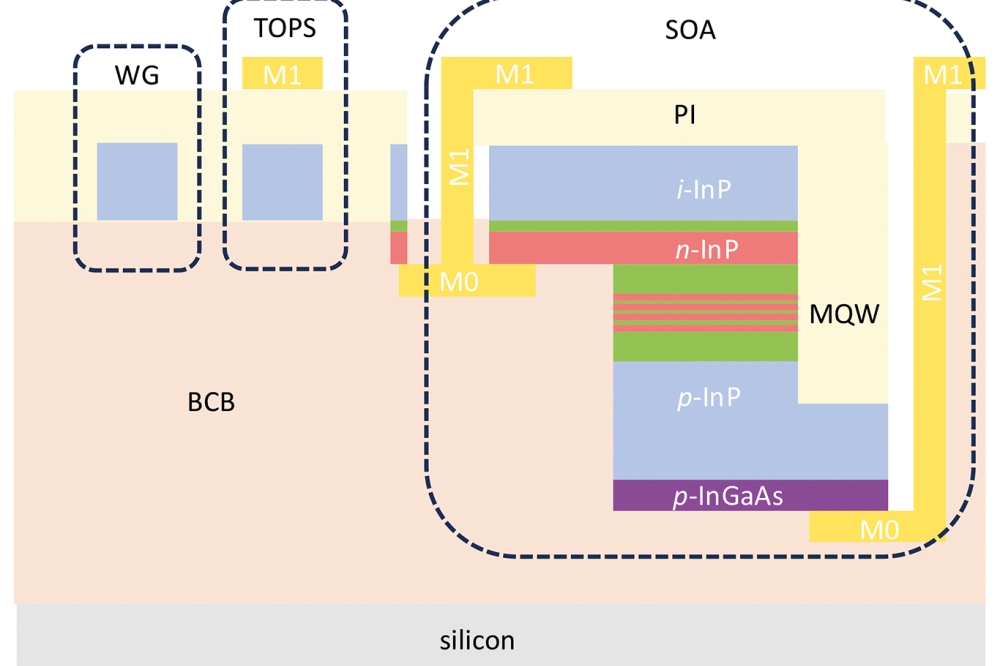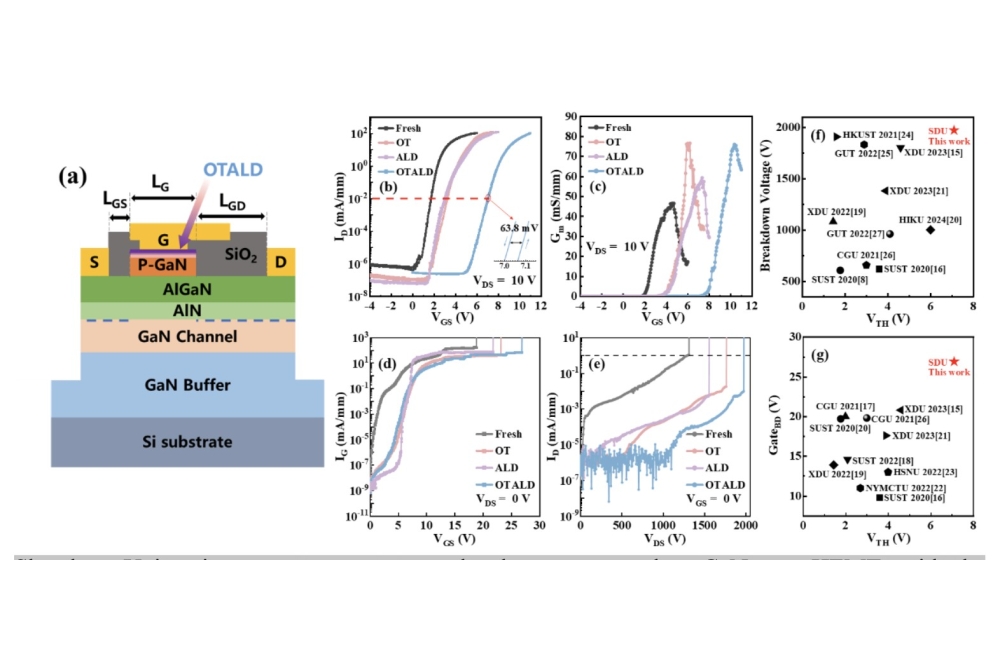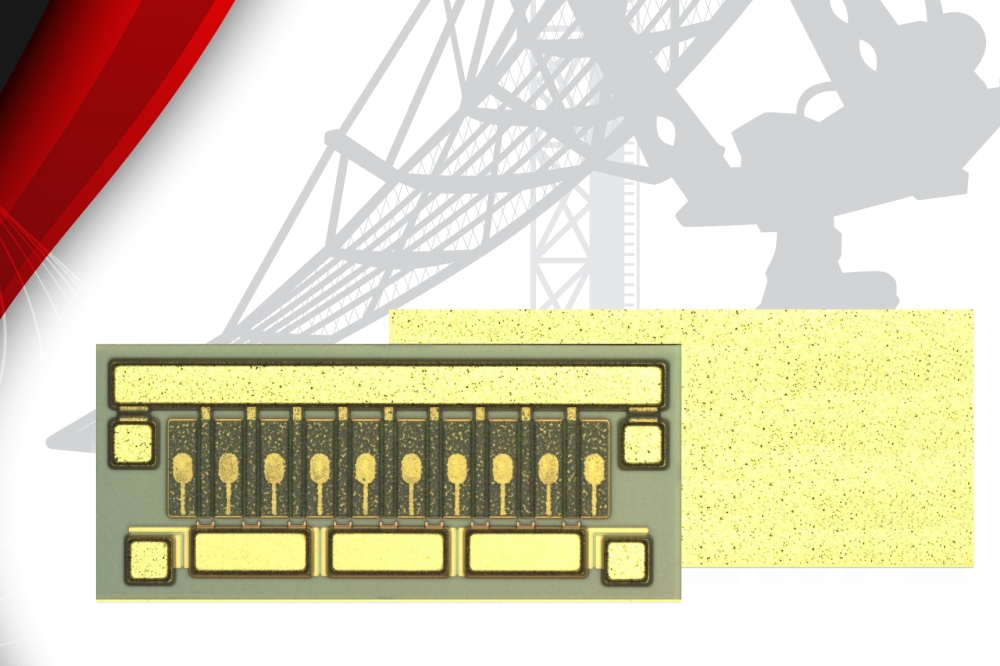Cornell team makes next-gen deep UV laser

AlGaN-based device can achieve peak gain at 284nm and modal linewidths of the order of 0.1nm
A paper published March 11 in the journal AIP Advances details how Cornell scientists produced an AlGaN-based device capable of emitting a deep-ultraviolet laser at sought-after wavelengths and modal linewidths.
The laser can achieve peak gain at a wavelength of 284nm and modal linewidths on the order of 0.1 nm. The linewidth is an order of magnitude more precise than similar devices.
“It is known that this is a material that is suitable, but it was a materials synthesis problem,” said Len van Deurzen, a doctoral student in applied and engineering physics who led the research. “The challenge is making the materials pure enough that they're actually going to be useful and sustain the requirements of a laser.”
It was a challenge van Deurzen accepted during the COVID-19 pandemic when the market began to boom for ultraviolet LEDs and other tools capable of detecting and eliminating the SARS-CoV-2 virus.
Under the guidance of the paper’s senior authors, Debdeep Jena and Huili Grace Xing, both professors of materials science and engineering and of electrical and computer engineering, the team used MBE to grow a high-quality crystal of aluminum nitride.
“We need multiple AlGaN layers stacked on top of each other and one important parameter is the interface quality between those layers,” van Deurzen said. “We can grow very sharp interfaces without the impurities and dislocations that form with other growth techniques.”
The second challenge was to create an optical cavity from the stacked layers that could be used to trap the emitted light and promote stimulated emission, which is necessary for the laser. The cavity was created in the form of a small, micron-scale resonator on an aluminum nitride chip that van Deurzen was able to develop with the help of the Cornell NanoScale Science and Technology Facility.
The figures above shows (a) Schematic of the double heterostructure AlGaN laser with (b) the simulated principal TE optical mode and refractive index. (c) Measured (blue) and simulated (red) 2θ-ω x-ray diffraction scans of the quantum heterostructure in (a) around the [0002] wurtzite symmetry axis. (d) Atomic force microscopy image of the c-plane surface with distinct atomic steps.
The Cornell deep-ultraviolet laser is optically pumped. The next step in the research, according to Jena, is using the same materials platform to realize a laser that is driven by an electrical current from a battery – a more practical energy source for commercially available light-emitting devices.
The paper’s co-authors include doctoral student Ryan Page and research associates Vladimir Protasenko and Kazuki Nomoto. The research was funded by the US Department of Energy and was supported by user facilities funded by the National Science Foundation.
REF
'Optically pumped deep-UV multimode lasing in AlGaN double heterostructure grown by molecular beam homoepitaxy' by Len van Deurzen et al; AIP Advances 12, 035023 (2022)


































